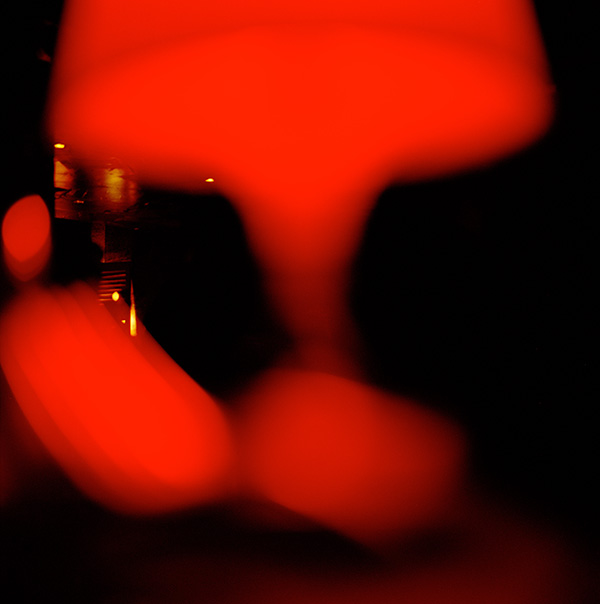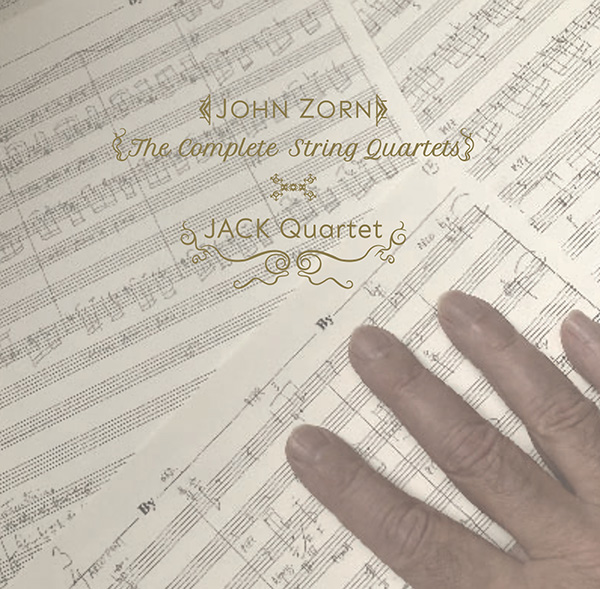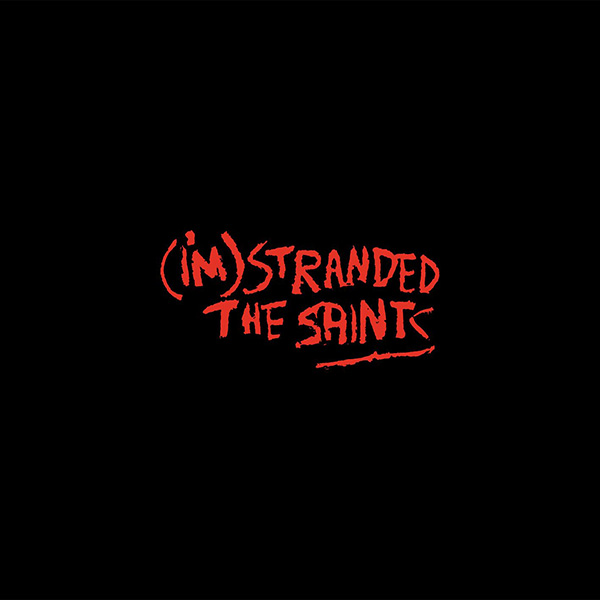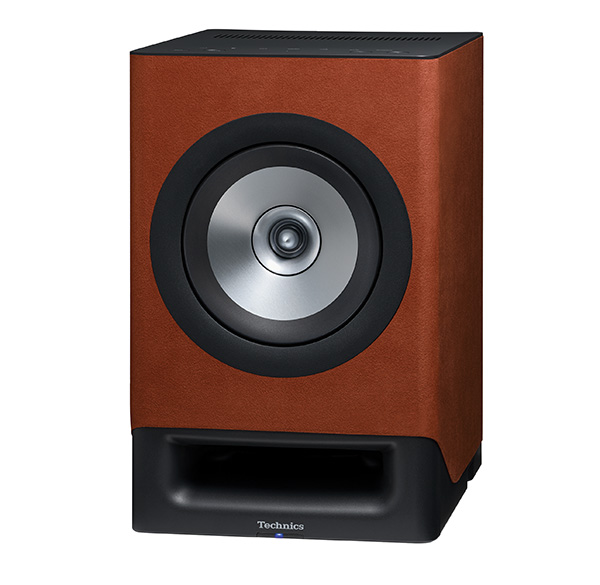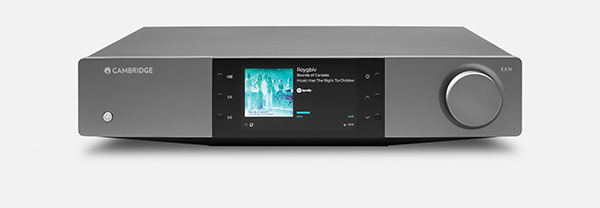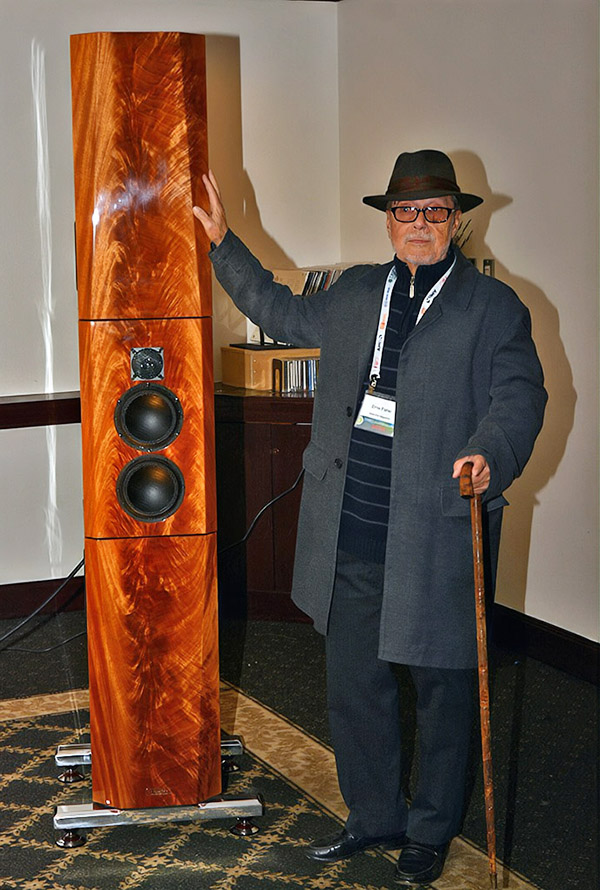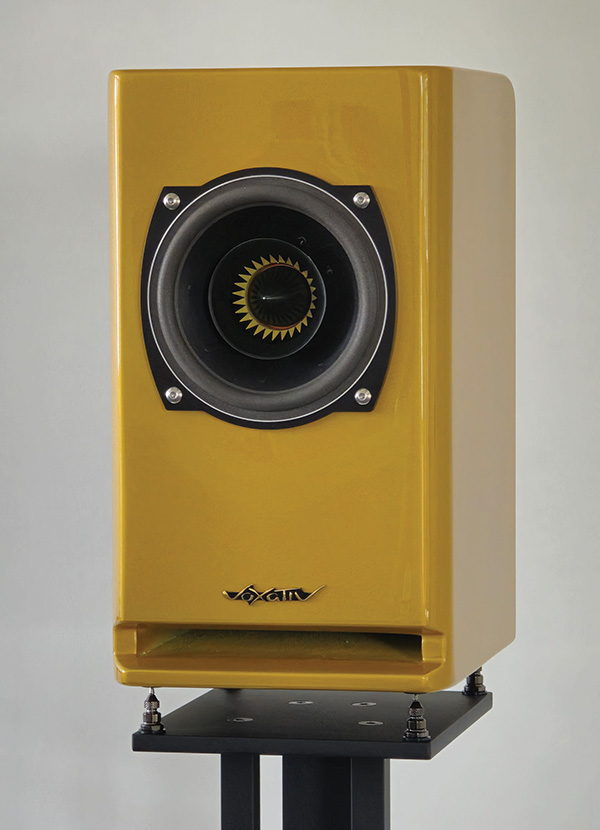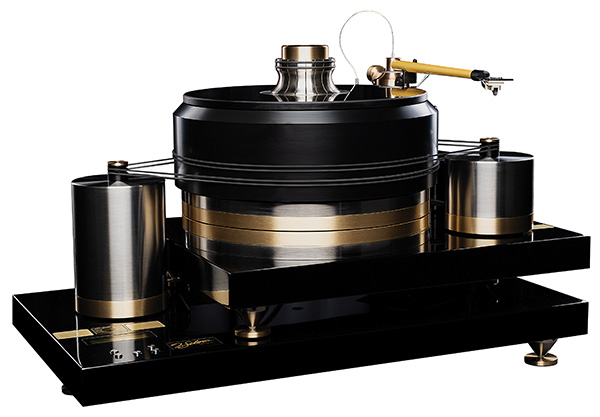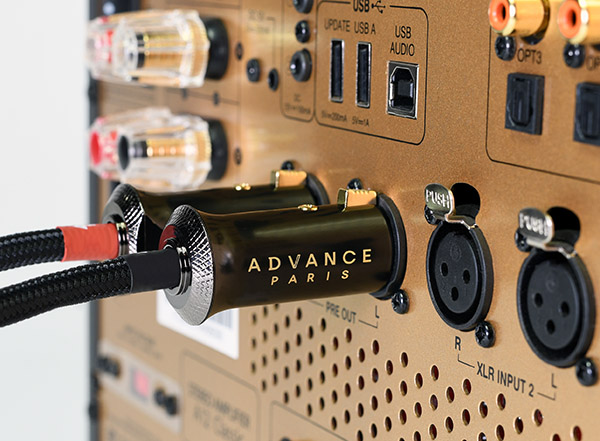LATEST ADDITIONS
April 2025 Classical Record Reviews
April 2025 Rock/Pop Record Reviews
Technics SC-CX700 active loudspeaker system
Note the complete absence of the usual technical information about the design or construction of the coaxial driver or about the crossover frequency and slope. Missing, too, are performance specifications for frequency response, sound-pressure level, and distortion. That disappoints me because I like numbers, but all the really interesting stuff about these speakersthough expressed without as many numbers as I'd wishcan be found on the Technics website. These include: what Technics calls "Acoustic Solitude Construction," which isolates the electronics from the loudspeakers structurally and spatially; "Model Based Diaphragm Control," which adjusts diaphragm movement in real time; and "Space Tune," which includes four acoustical presets and two levels of measurement-based room correction.
Cambridge EXN100 streaming D/A processor
The EXN100 is Cambridge Audio's state-of-the-art streaming DAC. It's half of the new EX line; the other half is the EXA100 integrated amplifier.
Ernie Fisher, Founder of The Inner Ear Magazine, has Passed Away
Gramophone Dreams #95: The Voxativ Hagen2 Monitor loudspeaker
This speaker I'm describing is Voxativ's new Hagen2 Monitor. To say it is a "Herb speaker" is to distinguish it from a John, Jason, or Kal speaker, or even a Ken or Alex speaker. If you want to know what kind of sound an audio reviewer values, notice which speakers they embrace, how well they understand them, and how long they stick with them.
Philharmonic Audio BMR Monitor loudspeaker
I was so enamored by the look of the BMR Monitor, I initially thought its name didn't do it justice. It sounded too nondescript. But with time and growing familiarity, I came to find the BMR moniker fittingdare I say sleekly masculine sounding, like a phonetic cross between "Bimmer" and a wolf growl. The BMR Monitorthere's also a BMR Toweris so named for its midrange drivera Balanced Mode Radiator. We don't come across many of these in our hobby, but it's not new: The technology was invented in 1925.
J.Sikora Standard Max Supreme turntable, KV9 Max Zirconium tonearm
When it comes to playing records, I too have a ritual. It involves carefully cleaning the vinyl, first on a Pro-Ject VC-33, followed by immersion in a HumminGuru Ultrasonic vinyl cleaner. Before and after, I inspect the record's grooves with a pricey VisibleDust Quasar R magnifier. Only thenblack coffee hot, glasses cleaned, stylus brushed free of contaminants, notepad at handam I ready to receive the messages ingrained in a shiny black vinyl disc.

